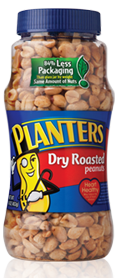So a lot of this blog and inspiration that we look at tends to be package design, advertising and so on. We never really mention or showcase any of the other types of marketing for example a point of purchase display (PoP).
When it comes to the idea of a PoP, some consumers overlook them, others find them very helpful. Did you know that there is a competition for these? Take a look at these below, PepsiCo and 3M were gold and platinum winners in the Convenience Stores and Speciality Store channels.
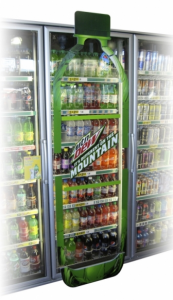
The 3M display shipper for its new apple-shaped Post-It note dispensers has an attention-grabbing header and the waterfall layering shelves that allowed the product to be shopped easily.
The PepsiCo’s Mountain Dew Cooler Door Oversize Bottle display is a large graphic replication of a bottle that used untapped real estate to draw attention to the brand.
What do you think?
Read More

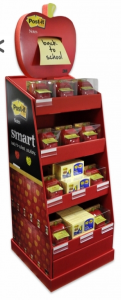
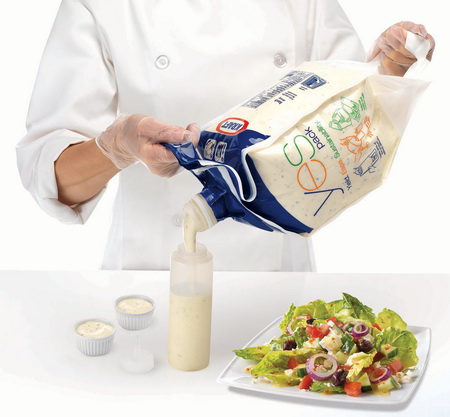
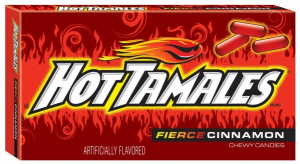
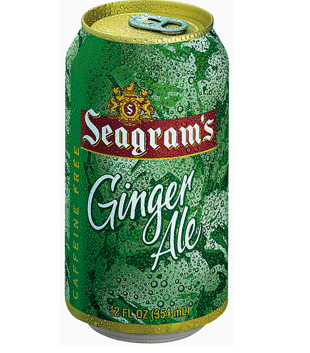
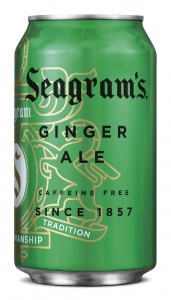
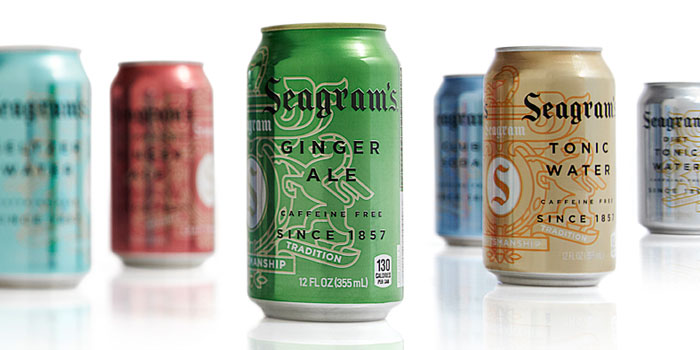 Notice that in the entire line up–each of the line extension cans have their own crisp, clean metallic versions of the colors consumers associate with the flavors category.
Notice that in the entire line up–each of the line extension cans have their own crisp, clean metallic versions of the colors consumers associate with the flavors category.
 First, color–a re-vamped teal. This new brand mark communicates pure and mild and is appropriate for display in the baby’s nursery. In addition to the “Gentle Naturals” brand identifier, the words “Baby Therapeutics” were added to the name. Finally, several leaves were incorporated around the “Gentle Naturals” logo to support name recognition.
First, color–a re-vamped teal. This new brand mark communicates pure and mild and is appropriate for display in the baby’s nursery. In addition to the “Gentle Naturals” brand identifier, the words “Baby Therapeutics” were added to the name. Finally, several leaves were incorporated around the “Gentle Naturals” logo to support name recognition.
